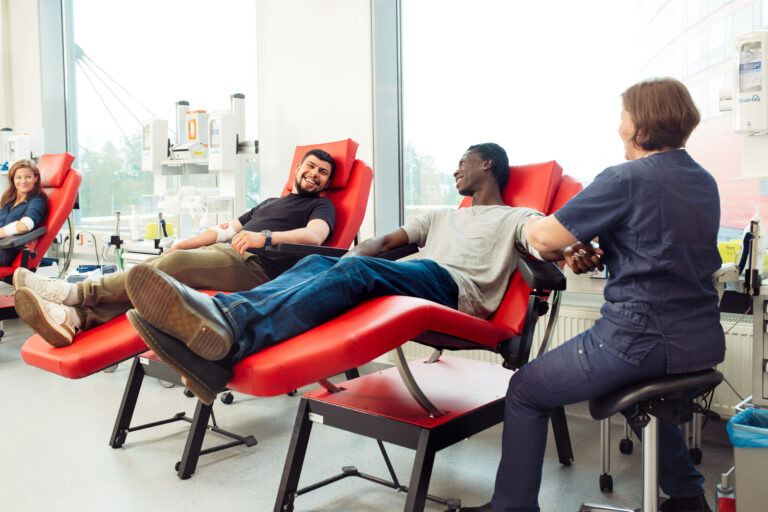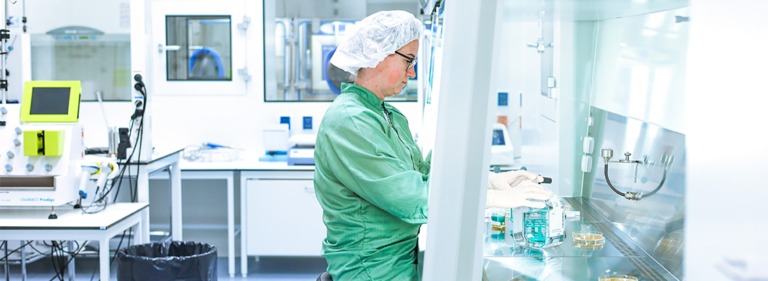Emergency care tests the use of whole blood
The Finnish Red Cross Blood Service launches a joint study with emergency physicians on the use of a whole blood product in emergency care. The study examines the usability and safety of the whole blood product in acute emergency care situations.
The aim is to involve approximately 300 patients within a three-year period. Jouni Lauronen, Deputy Senior Medical Officer at Blood Service, acts as the project’s Lead Researcher.
Products containing specific blood components have been used in blood transfusions for decades. Each blood component has a specific purpose: red cells deliver oxygen to organs, platelets prevent haemorrhage, and plasma contains antibodies, coagulation factors and other proteins. Component-based products provide the patient with the component that best contributes to their treatment.
On the other hand, the whole blood product contains all blood components: red cells, platelets and plasma.
“Our aim is to examine the usability and safety of the whole blood product in the treatment of patients. Whole blood products were used before the introduction of contemporary component therapy, that is, the use of products based on specific blood components. It is by no means a new invention,” Lauronen explains.
“In addition, we study the impacts of the whole blood product on the blood coagulation system and inflammatory response among other things.”
Swift blood transfusion can save lives
The open label non-randomised clinical study, which was designed jointly by the Blood Service, HUS and Päijät-Häme Joint Authority for Health and Wellbeing, will compare red cell products with the whole blood product in out-of-hospital emergency care. The primary objective is to analyse the usability of the whole blood product in out-of-hospital emergency care.
Blood transfusions are conventionally carried out at a hospital. However, Finnish emergency care units have started to carry out blood transfusions since the mid-2010s.
“Typically, patients are only given O RhD negative blood cells and dried plasma in emergency care. In Finland, the use of platelets outside hospitals has been impossible due to the challenging use and storage conditions. As the whole blood product also contains platelets, we can assume it contributes to the coagulation of blood more efficiently,” Lauronen states.
Internationally funded research
The whole blood product has attracted international attention. Consequently, the cooperative body for European blood banks, European Blood Alliance, decided to grant the Finnish research project a funding of 40,000 euros. In addition, the study has received funding from State Research Funding granted to hospitals and the Scientific Advisory Board For Defence among other supporters.
Research data on the usability of whole blood products is much needed all over Europe. Many countries have plans for introducing whole blood products in emergency care blood transfusions.
The study will be launched jointly with the Päijät-Häme Joint Authority for Health and Wellbeing, but the aim is to involve additional research partners and emergency care units in the near future. According to plans, the whole blood product will be used in three emergency care units.
The study’s objectives also include proving the safety of the whole blood product and studying its impacts on the coagulation properties of blood, endothelium damage and inflammatory reactions in patients in comparison to the conventionally used red cell product.
In future, the study may affect the provision of the Blood Service by equipping emergency care units with the new whole blood product in addition to the current blood component products. However, component-based products will remain the mainstream products in blood transfusion treatments.



